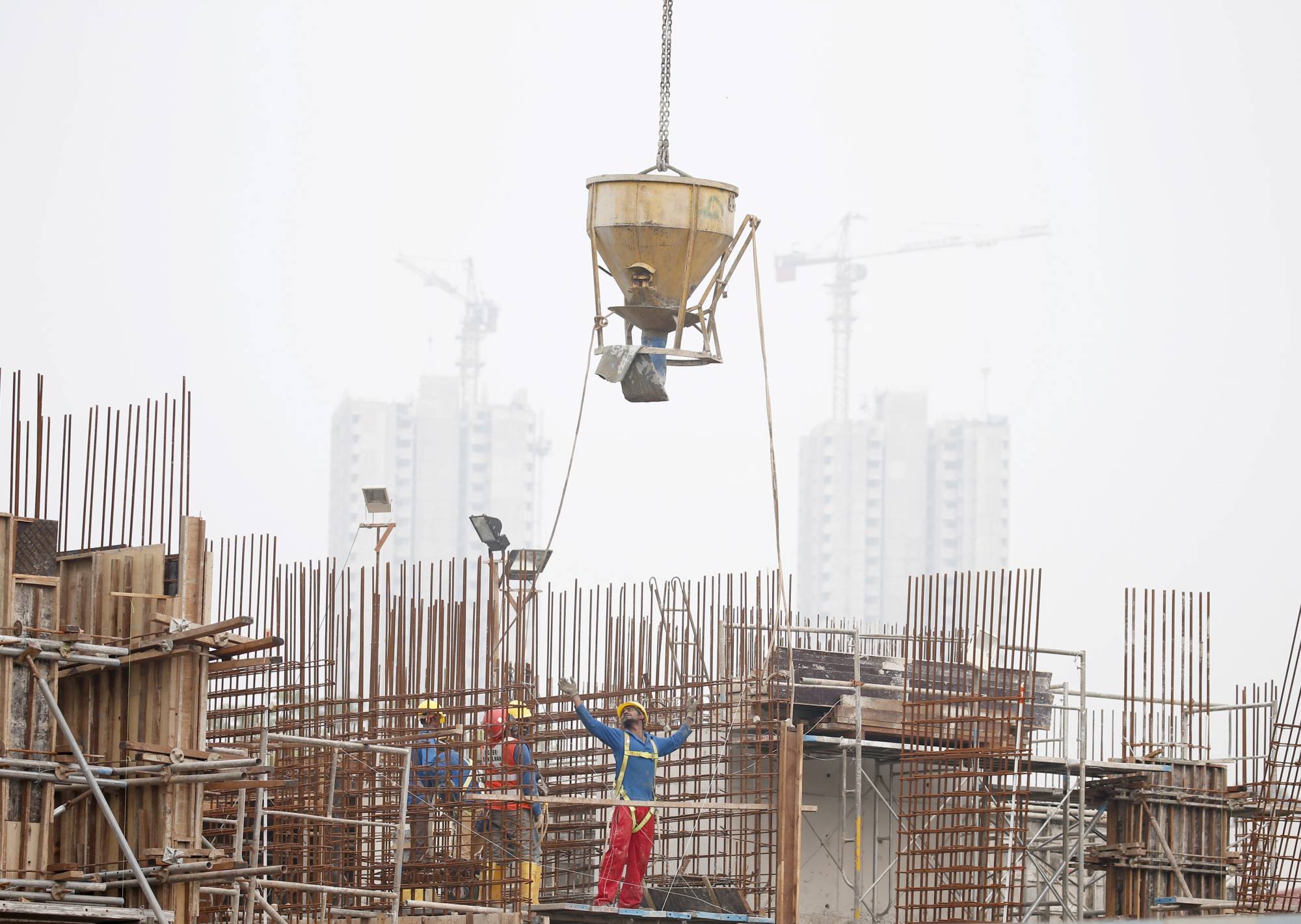Barges piled with sand traverse the sea lanes around Singapore, almost as ubiquitous as the semi trucks that ply America’s interstate highways. Aboard a small motor boat one recent afternoon, I catch sight of an imposing green wall rising from the shoreline protecting a huge sand stockpile. As one of the world’s most densely populated countries — intent on building up, down and out — Singapore couldn’t survive without millions of tons of the grainy stuff.
The city-state is slowly ticking back to life as the coronavirus lockdown eases. Yet answers to the existential questions about Singapore’s future aren’t in its glass-and-steel office towers or orchid-trimmed shopping malls or pulsing hawker centers. They’re in the water surrounding it. There, you’ll see evidence of a country half the size of Maui and among the world’s richest that’s desperate to expand.
When you’re an island nation and seas are rising, sand is something you can never find yourself without. Singapore has grown its landmass by about a quarter since the 1960s. The republic is often thought of as a single small island jammed with skyscrapers and state-of-the-art highways that can whisk you from end-to-end in about half an hour. In fact, the country is composed of anywhere between roughly 40 and 70 islands — though few residents can put a precise figure on it. Land reclamation has merged some islands over the years for industrial use, while others appear to be little more than a cluster of rocks and shrubs. A handful are reserved for the military.

















With your current subscription plan you can comment on stories. However, before writing your first comment, please create a display name in the Profile section of your subscriber account page.